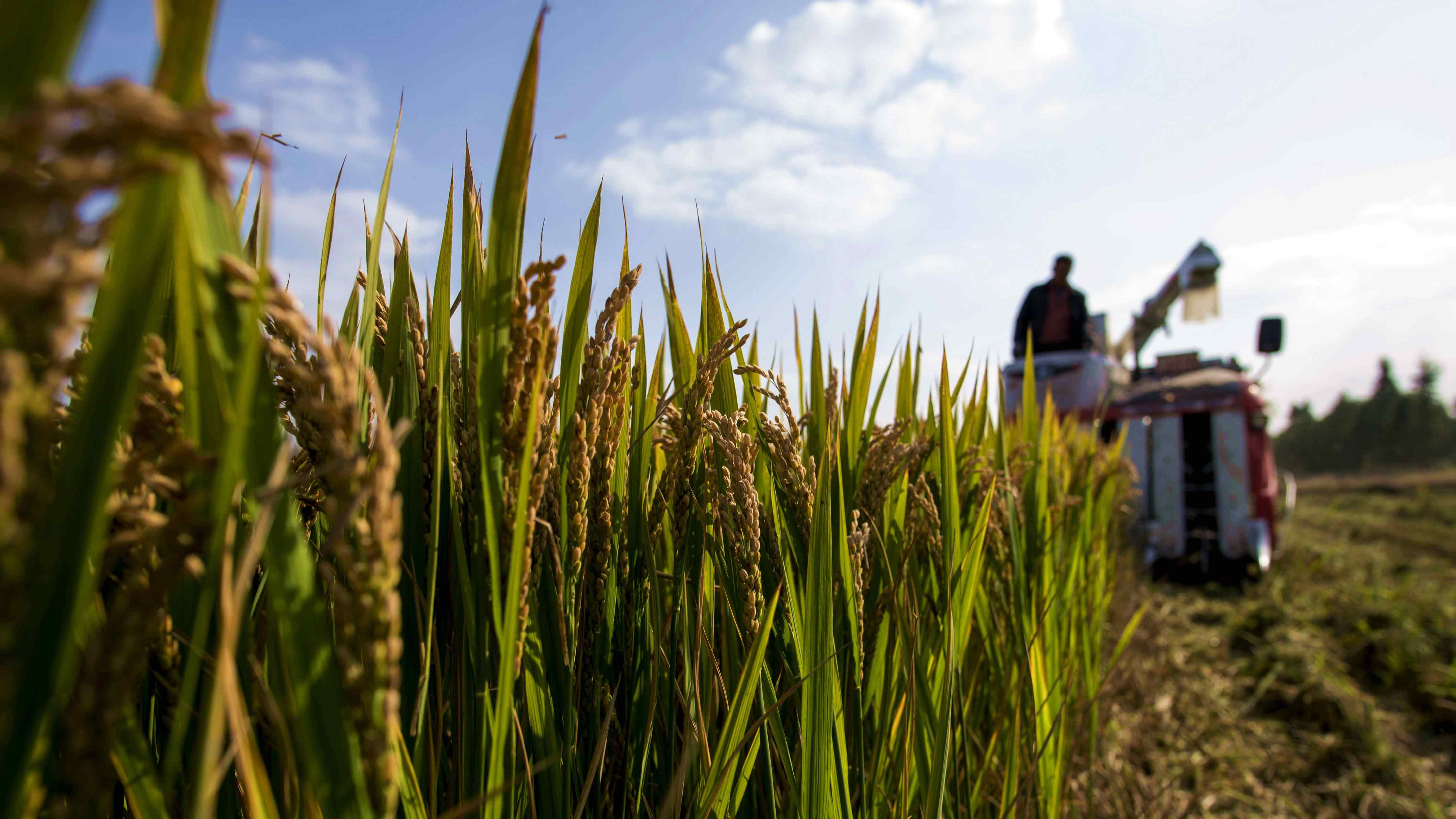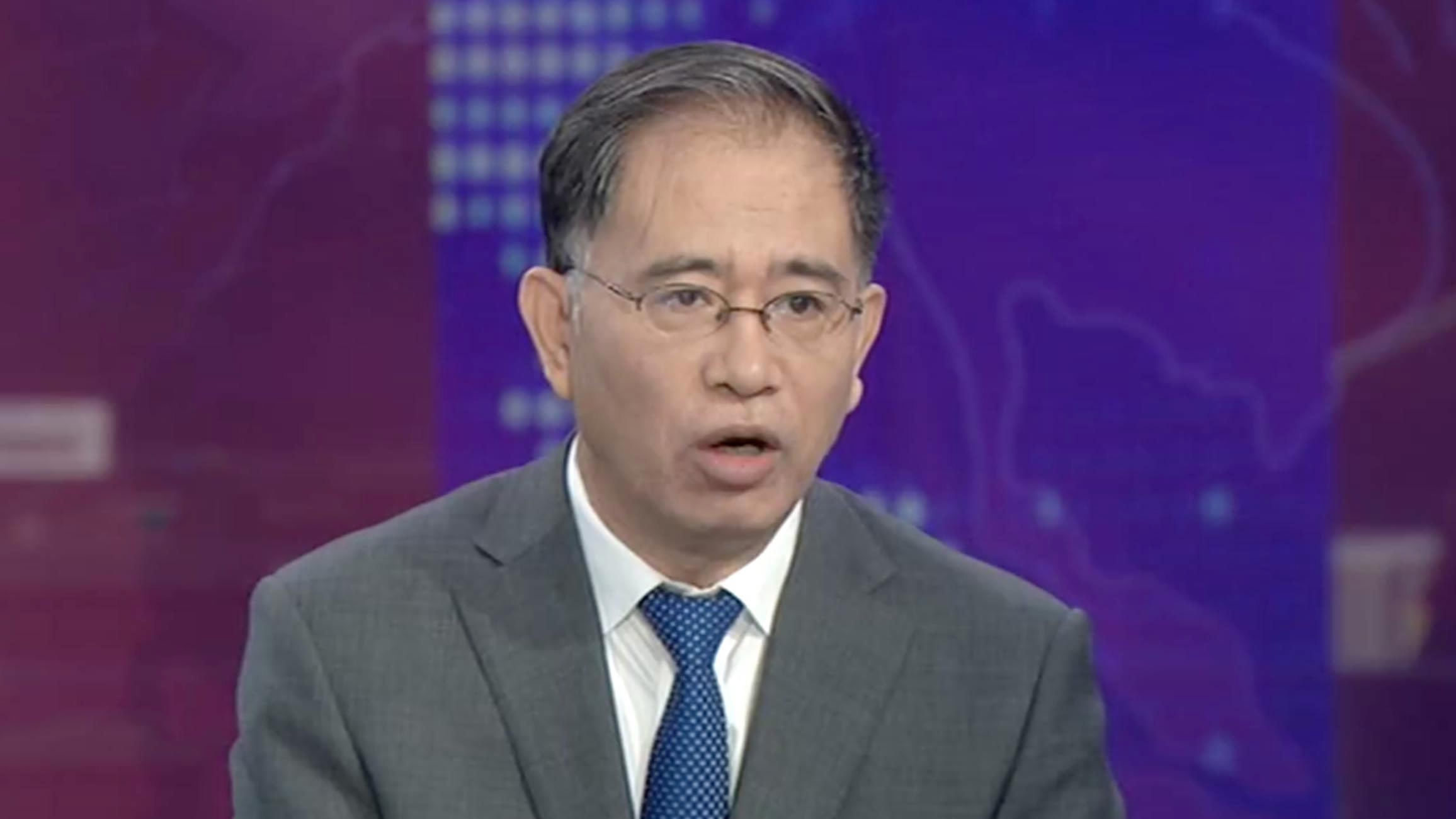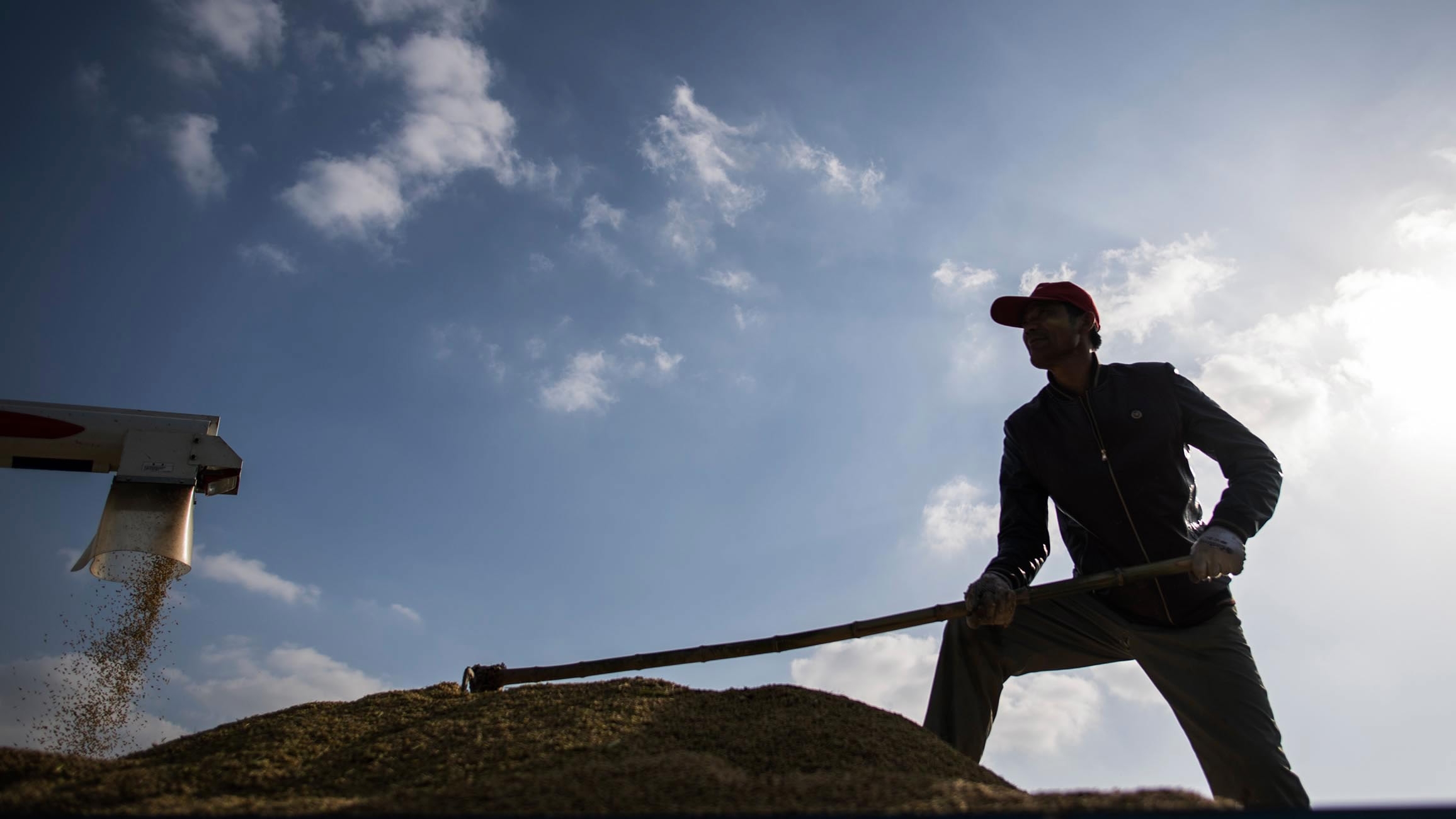
Opinions
18:32, 06-Sep-2017
China Footprint: 'Agricultural reform is important to feed growing population,’ says expert
CGTN

Liu Baocheng, an expert on rural reform, says that while there are many reasons to explain why China is paying so much attention to agricultural transformation, one in particular stands out.
“Right now the reality is that we need to feed 1.4 billion people. That is a big task for food security,” the dean of the Center for International Business Ethics at the University of International Business and Economics said.

His comments come before the 19th National Congress of the Communist Party of China (CPC ) which will take place in Beijing on October 18, and is widely considered to be the most important political event of the year in China.
Over the past several decades, China has faced a number of challenges and seized opportunities in a global context, transforming itself into one of the world's largest economies.
In order to move towards sustainable development and progress, China has been making efforts to lift millions of people out of poverty.

The small village of Xiaogang in east China's Anhui Province, which is often regarded as the place where China's economic reform started 40 years ago. It's remembered as the pioneer of a family contract system which ushered in China's new age of reform. Huagu, a folk dance in Fengyang county, is a popular pastime with the locals. /CGTN Photo
The small village of Xiaogang in east China's Anhui Province, which is often regarded as the place where China's economic reform started 40 years ago. It's remembered as the pioneer of a family contract system which ushered in China's new age of reform. Huagu, a folk dance in Fengyang county, is a popular pastime with the locals. /CGTN Photo
Here’s how policies have been modified in recent years to maximize rural productivity:
Land Rights. Farmers’ rights in rural areas have again been confirmed. Rural land is “collectively owned by farmers,” a situation which has remained unchanged for the past 40 years. This is a way of reforming communal land ownership without needing to privatize it. Farmers have the right to lease, use and manage the land.
Pricing. China aims to build a more market-oriented pricing mechanism. In previous years, the government set protective prices for agricultural products. Therefore, farmers have little impetus to grow better crops. In addition, cheaper imported products have made domestic ones less attractive. Letting prices float freely would help boost competition and in the long term would prompt a healthier market.
Urban and rural coordination. China’s rapid modernization seems to have fewer benefits for rural areas compared to cities and the wealth gap has widened between the two. Policies have been designed to tackle this very issue. The rural healthcare system is consistently being improved and compulsory rural education has been incorporated into the scope of financial security.
Modernization. A series of policies aimed at promoting an “information era” in the agricultural sector have been issued. Technologies like big data and e-commerce are thought to be key tools in improving not only farming methods, but also the planning of farming, selling of products and the management of rural enterprises.

The Ministries of Agriculture and Finance, as well as the National Development and Reform Commission, issued guidelines on how to accelerate the development of the Agricultural Productive Service Industry.
“It would increase the value addition to the Chinese agricultural process by not only producing native produce, but also to have added value in terms of packaging, processing and categorization,” Liu added.

SITEMAP
Copyright © 2018 CGTN. Beijing ICP prepared NO.16065310-3
Copyright © 2018 CGTN. Beijing ICP prepared NO.16065310-3